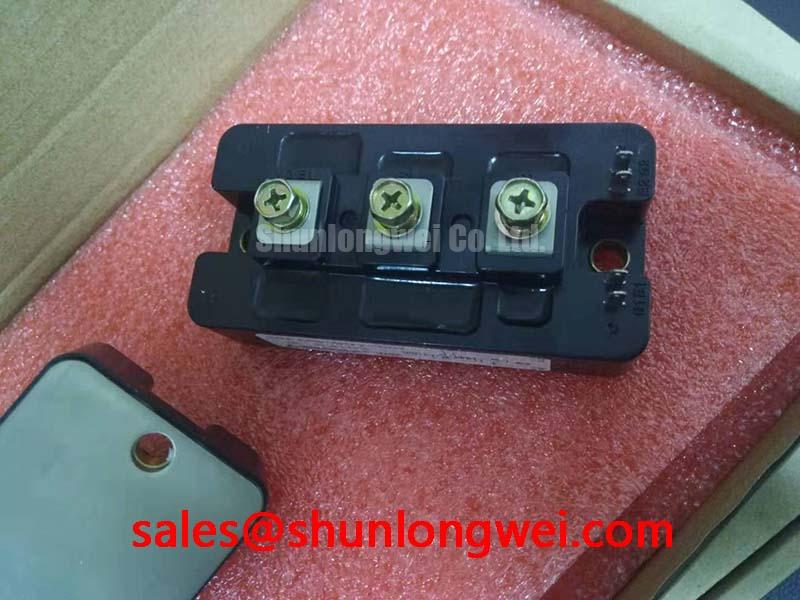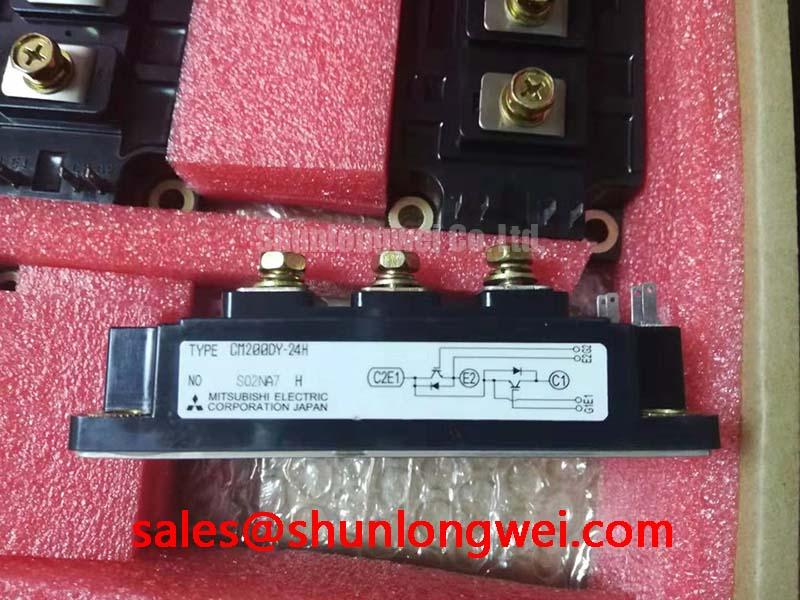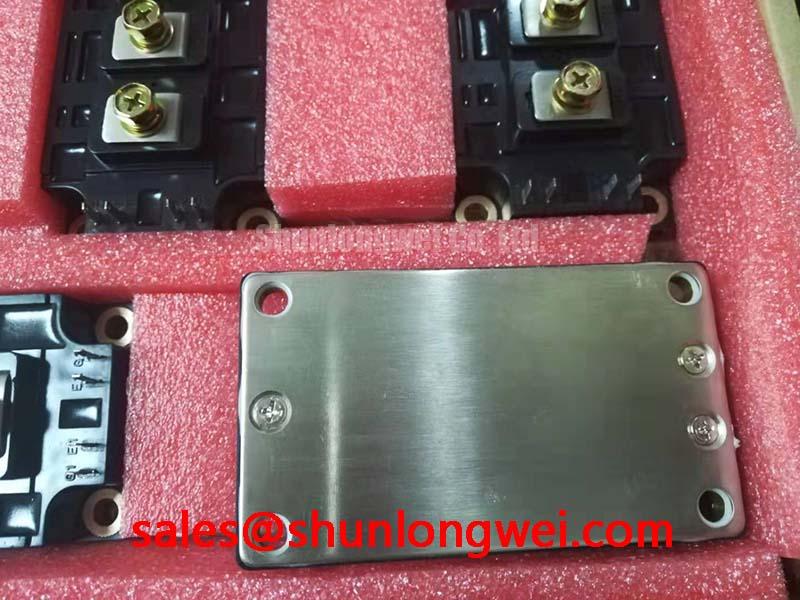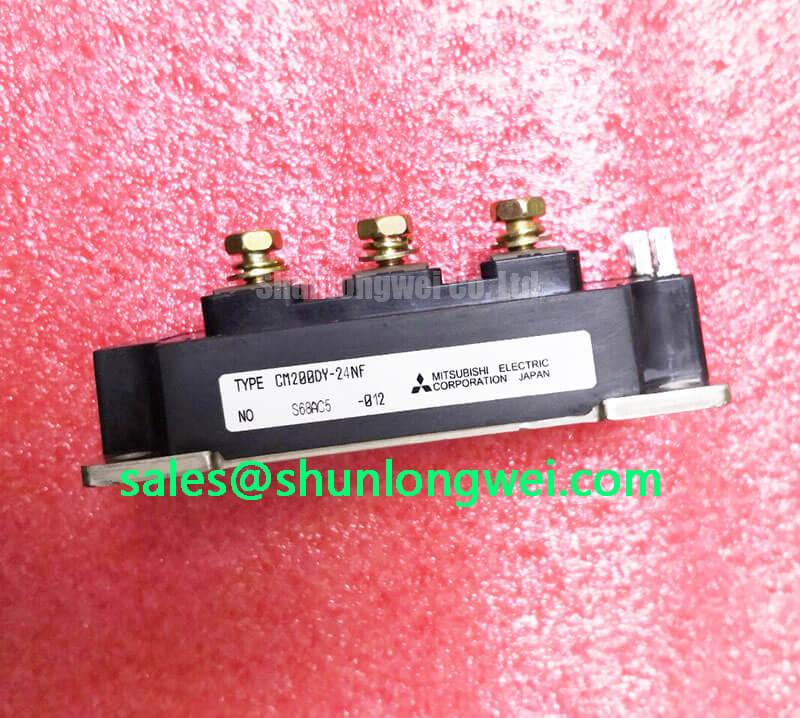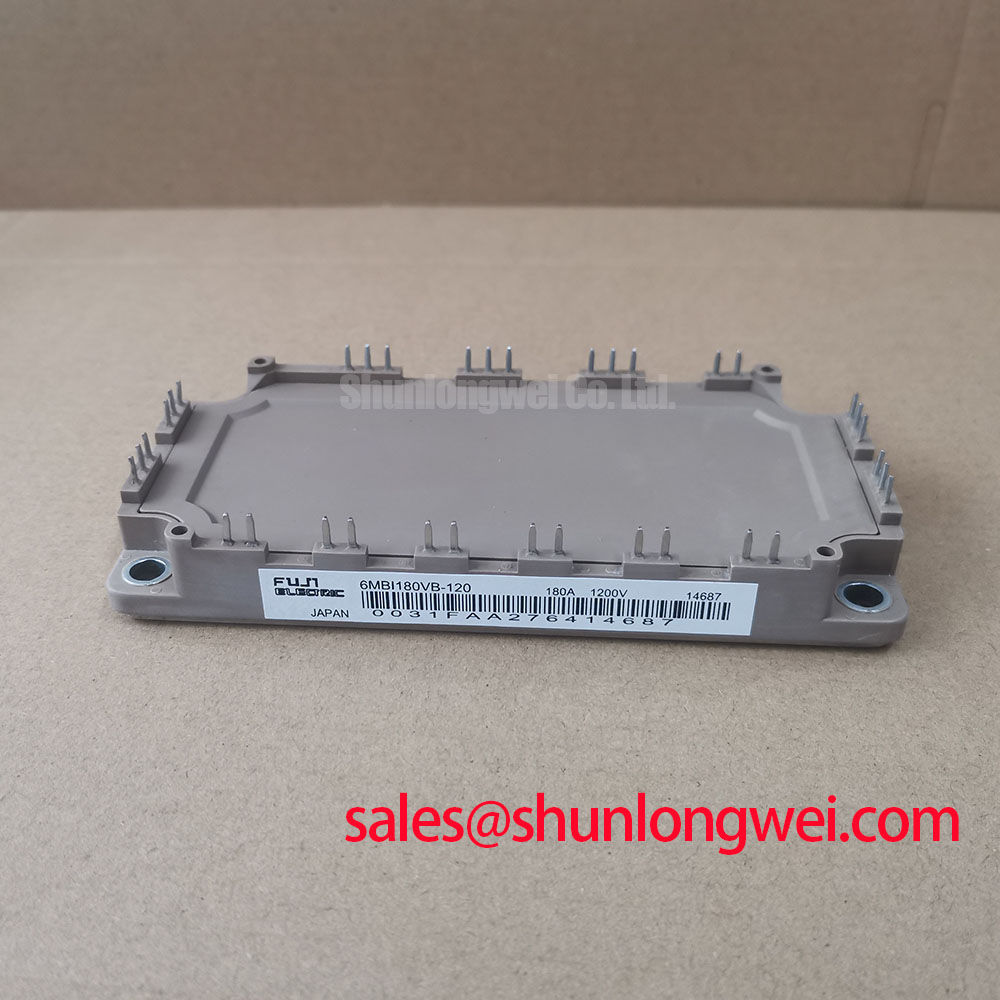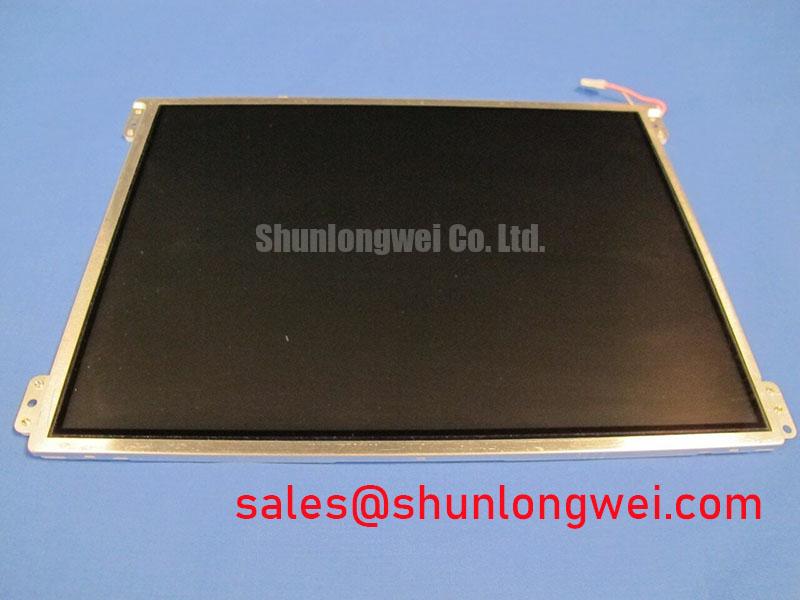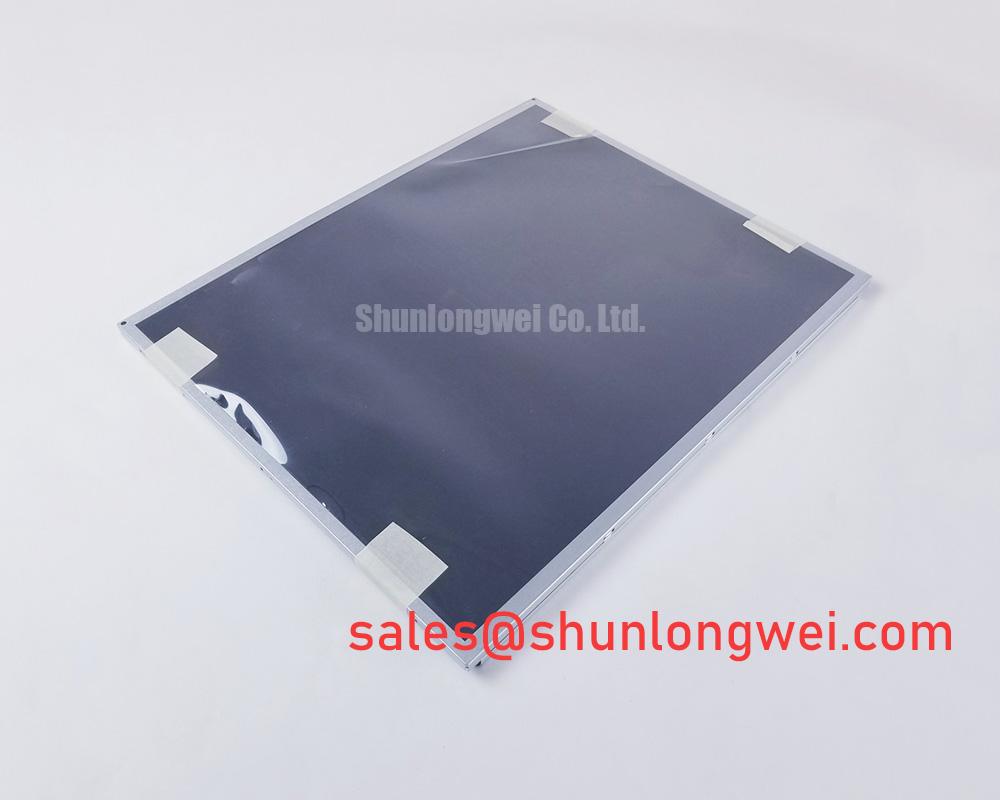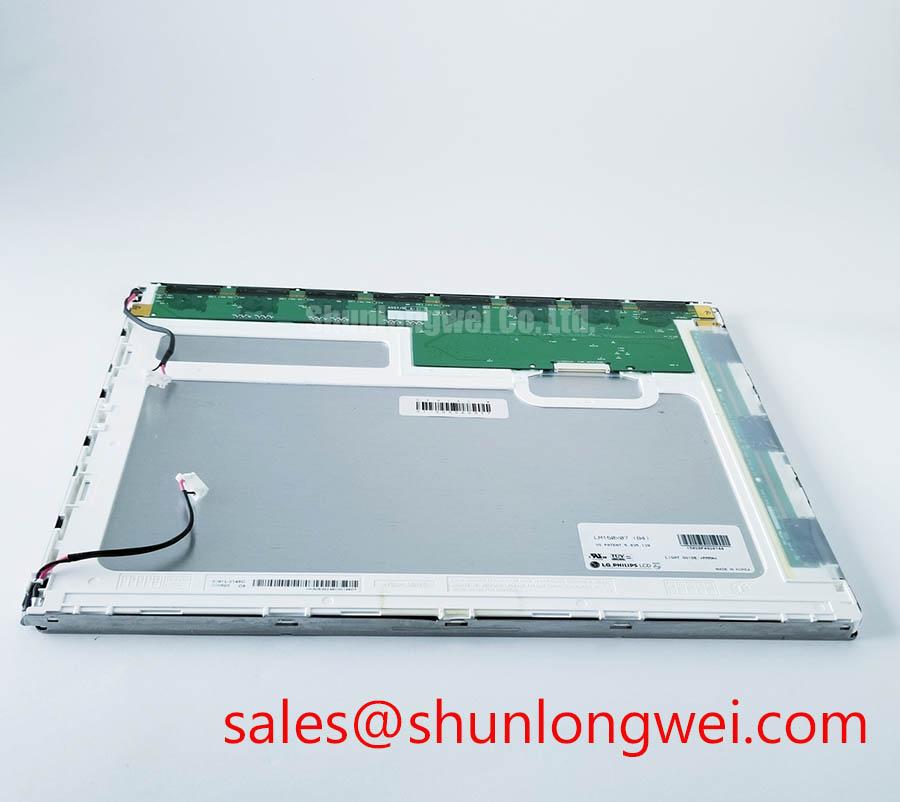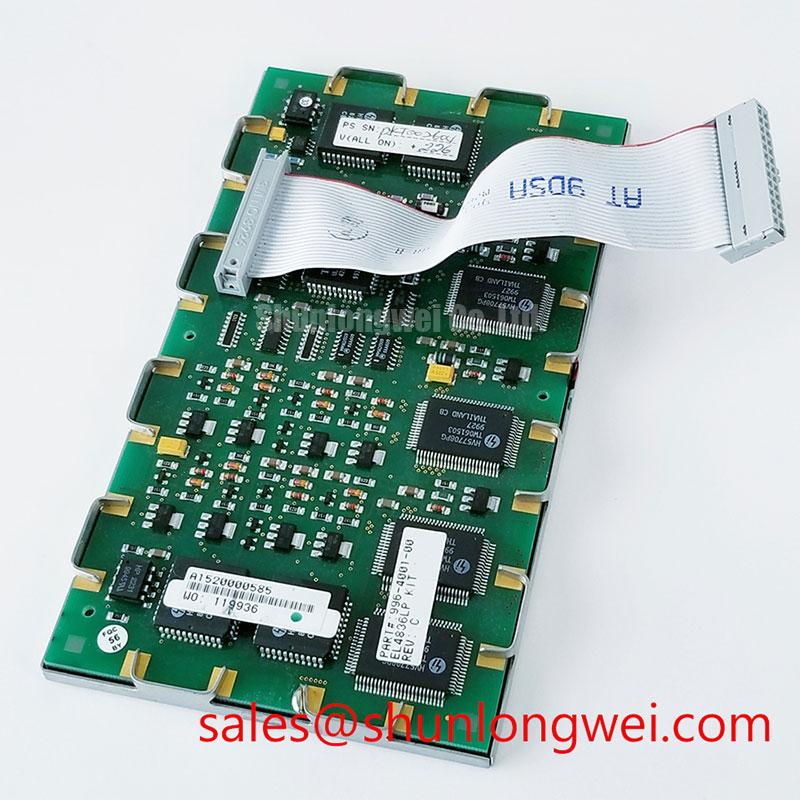Content last revised on October 23, 2025.
CM200DY-24H | 1200V 200A Dual IGBT Module | Mitsubishi
Product Overview: Efficiency and Reliability by Design
The Mitsubishi CM200DY-24H is a high-performance H-Series dual IGBT module designed for superior efficiency and robust operation in demanding power conversion systems. With core specifications of 1200V | 200A | VCE(sat) 1.8V (typ), this module provides a foundation for high-reliability designs. Its key engineering benefits include significantly reduced conduction losses and exceptional fault tolerance. For designers of industrial motor drives, the low VCE(sat) directly translates to lower thermal load, enabling more compact and cost-effective thermal management solutions. What is the primary benefit of its low saturation voltage? Minimized power dissipation, leading to higher overall system efficiency.
Application Scenarios & Value
System-Level Benefits in Motor Drives and Power Conversion
The CM200DY-24H is engineered to address the core challenges of efficiency and reliability in medium-power applications. Its balanced performance makes it a strong candidate for systems where operational uptime and energy conservation are critical design criteria.
A primary application is in Variable Frequency Drives (VFDs) for industrial motors. In a VFD, the inverter stage is responsible for significant power handling, and any inefficiency manifests as heat. The CM200DY-24H's low typical collector-emitter saturation voltage (VCE(sat)) of 1.8V at its nominal 200A rating is a decisive factor. This parameter acts like a measure of electrical friction; the lower the value, the less energy is wasted as heat during the switch's 'on' state. For a VFD designer, this directly reduces the cooling requirement, potentially allowing for a smaller heatsink and a more compact overall system design, without sacrificing performance. This module is an excellent fit for motor control up to approximately 90 kW.
- Industrial Motor Drives & Servo Drives
- Uninterruptible Power Supplies (UPS)
- Welding Power Supplies
- General Purpose Inverters
Best Fit: For three-phase inverter designs operating from a 400-575 VAC line that demand a balance of high efficiency and proven reliability, the CM200DY-24H offers an optimal solution. For systems requiring higher current handling, the related CM300DY-24H provides a 300A capability within a similar package outline.
Key Parameter Overview
Performance Metrics for High-Efficiency Design
The technical specifications of the CM200DY-24H are tailored for predictable and efficient performance in real-world operating conditions. The following table highlights the key parameters sourced directly from the official manufacturer's datasheet, which are critical for system design, simulation, and thermal modeling.
| Parameter | Symbol | Conditions | Value |
|---|---|---|---|
| Collector-Emitter Voltage | Vces | Vge = 0V | 1200V |
| Collector Current (DC) | Ic | Tc = 25°C | 200A |
| Collector-Emitter Saturation Voltage | VCE(sat) | Ic = 200A, Vge = 15V, Tj = 25°C | 1.8V (Typ), 2.2V (Max) |
| Gate-Emitter Voltage | VGES | ±20V | |
| Thermal Resistance (Junction to Case) | Rth(j-c) | Per IGBT | 0.16 °C/W (Max) |
| Maximum Junction Temperature | Tj max | 150°C | |
| Short Circuit Withstand Time | tsc | Vcc = 600V, Vge = 15V, Tj = 125°C | 10µs (Min) |
| Isolation Voltage | Viso | AC 1 minute | 2500Vrms |
For a complete engineering overview, please Download the CM200DY-24H datasheet for detailed specifications and performance curves.
Technical Deep Dive
Analyzing the Impact of Low VCE(sat) on System Efficiency and Thermal Design
While the 1200V/200A rating defines the module's power class, its true engineering value lies in the operational efficiency dictated by parameters like VCE(sat) and thermal resistance. The low VCE(sat) of the CM200DY-24H is a direct result of the underlying H-Series chip technology from Mitsubishi, which is optimized to reduce on-state voltage drop.
This directly impacts conduction losses—the primary source of heat in many Pulse Width Modulation (PWM) applications. The power lost can be calculated as P_loss = VCE(sat) * Ic. A lower VCE(sat) means less power is converted to waste heat for the same amount of current delivered to the load. This benefit cascades through the system design. A cooler running chip not only improves reliability but also simplifies thermal management. The module's maximum thermal resistance from junction to case (Rth(j-c)) of 0.16 °C/W can be thought of as the width of a pipe for heat to escape. The less heat you generate (due to low VCE(sat)), the less pressure (temperature rise) you build up, even with a standard-sized "pipe." This synergy between low loss generation and efficient heat extraction allows designers to optimize heatsink size, potentially reducing system weight, cost, and volume. For a comprehensive design, consult our guides on decoding IGBT datasheets and preventing common failures.
Frequently Asked Questions (FAQ)
Engineering Questions on Performance and Integration
What is the direct benefit of the 10µs short-circuit withstand time?
This specification ensures high operational robustness. It provides the gate drive and control system with a sufficient time window (at least 10 microseconds) to detect a fault condition, like a motor phase-to-phase short, and safely shut down the IGBT before permanent damage occurs. This is a critical feature for building reliable and fault-tolerant industrial equipment.
How does the low VCE(sat) of 1.8V impact heatsink selection?
A lower VCE(sat) directly reduces conduction power losses, which is a major component of the total heat generated by the module. With less heat to dissipate, engineers can often specify a smaller, lighter, and more cost-effective heatsink to maintain the junction temperature within safe operating limits. This contributes to higher overall power density for the system.
Does the CM200DY-24H's isolated baseplate simplify assembly?
Yes, significantly. The module's baseplate is electrically isolated from the power terminals (rated to 2500Vrms). This eliminates the need for a separate, thermally conductive insulation sheet (e.g., Sil-Pad) between the module and the heatsink. This simplifies the mechanical assembly process, reduces part count, and ensures consistent thermal performance without the risk of installation error associated with external insulators.
Strategic Outlook
Integrating the CM200DY-24H into power conversion systems aligns with key industry trends favoring higher energy efficiency and long-term operational reliability. Its fundamentally low-loss design provides engineers with a component that not only meets today's performance requirements but also contributes to creating more compact, cost-effective, and durable end-products, from advanced servo drives to resilient UPS infrastructure.

